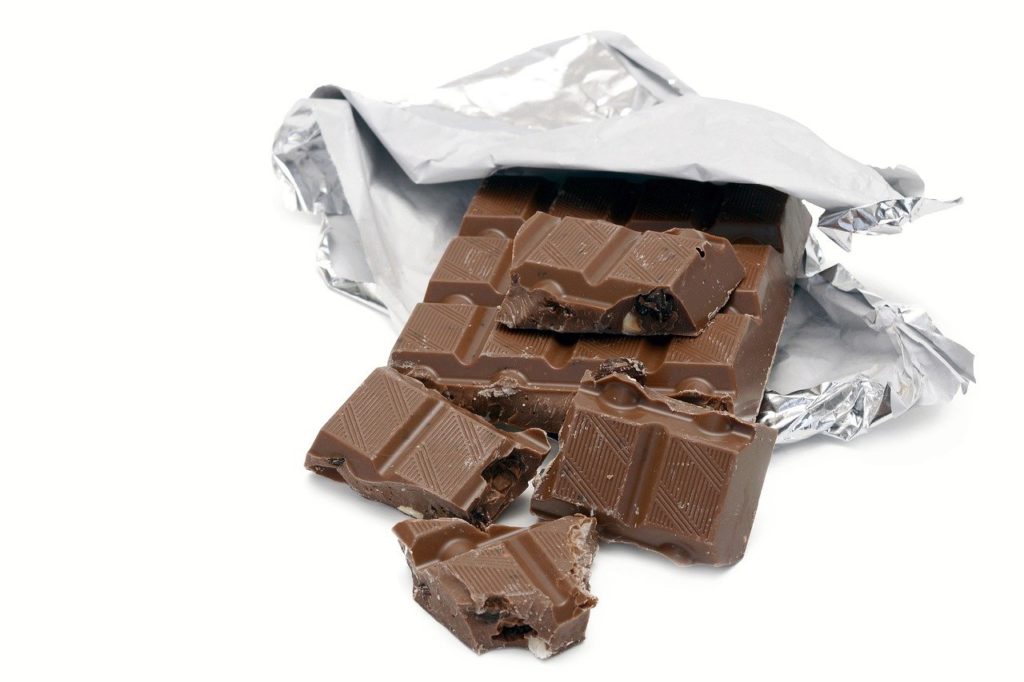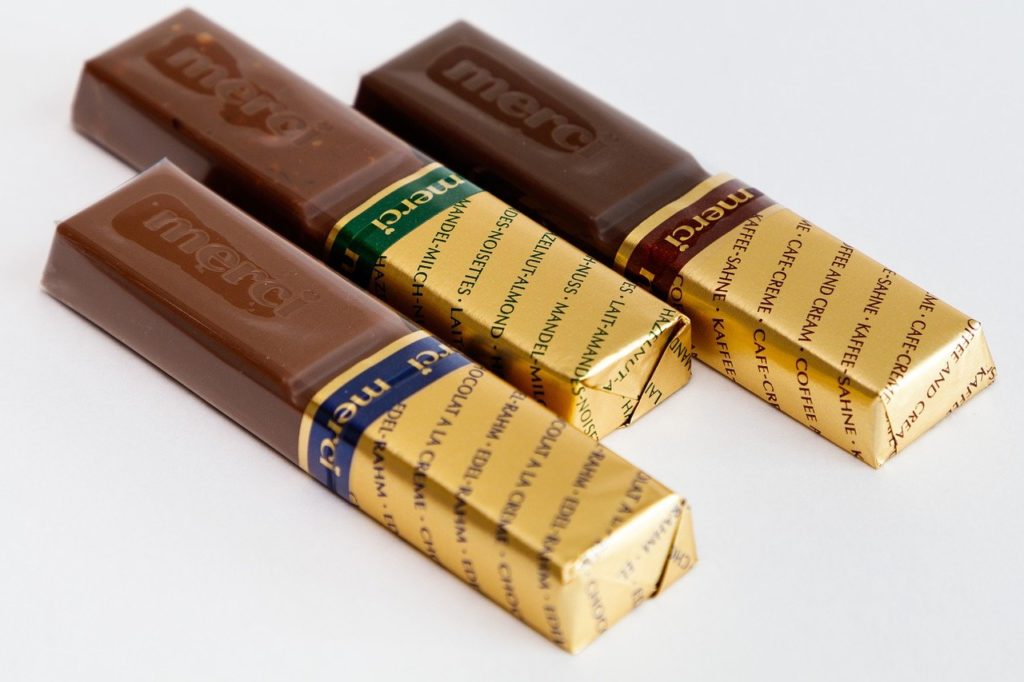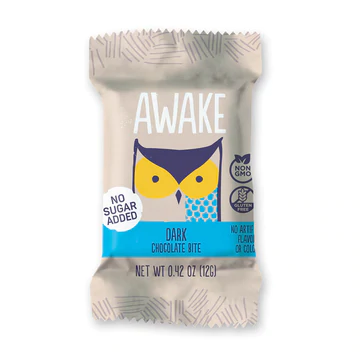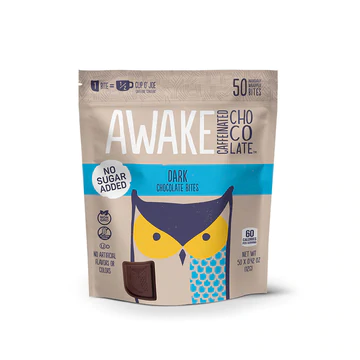Chocolate is a dessert made by grinding cocoa beans, often in solid and liquid forms. Chocolate products are attractive to people of all ages. From cocoa beans to chocolate, the production process is complicated. After fermentation, drying, washing, baking, grinding, heating and liquefaction and other complicated steps, it can become the most primitive chocolate slurry.
The finished chocolate has high requirements for storage conditions. The best storage environment is to keep the temperature between 15 and 17 degrees Celsius and the humidity below 50%. A cool and dry place is the best environment for storing chocolate. Like the hot and humid summer, the finished chocolate can be stored in the refrigerator. But at this time you need to pay attention, the characteristics of chocolate itself can easily make it contaminated with the smell of other objects. Therefore, the storage of chocolate needs to be sealed and isolated from the items outside the package to ensure the purity of the chocolate’s own smell.

Chocolate packaging requirements
On the market, candy chocolates are often plate-shaped and packed in plastic bags; chocolate sauce is a liquid with poor fluidity and is often packed in bottles or jars.
Among the rich and diverse packaging forms, it is not uncommon to use a combination of multiple materials, and there are also many requirements for the packaging of chocolate.
Oxygen barrier
Excessive contact with oxygen can cause the chocolate to oxidize and then develop an undesirable taste. White chocolate and milk chocolate are high in dairy products and low in cocoa, so they are more susceptible to the risk of oxidation than dark chocolate.
Moisture resistance
In a humid environment, the sugar in the chocolate will be dissolved. When the water evaporates, the sugar will recrystallize and form white particles on the surface of the chocolate. This is the phenomenon of chocolate frosting. The packaging with high moisture barrier reduces the probability of these phenomena and can keep the chocolate intact.
Low-temperature heat sealing
Chocolate is easy to melt when encountering high temperatures. If high-temperature heat sealing is used, the part of the chocolate close to the seal will melt when heated. Subsequent use affects the cleanliness of the packaging in the bag.
Good airtightness
Good airtightness are the basic requirements of all food packaging. Poor airtight packaging will allow air and moisture to penetrate in, It can affect the quality and eating of chocolate in the long run.

Several common chocolate packaging materials
The choice of chocolate packaging material usually also needs to consider the state of the finished chocolate.
aluminum foil packaging
Considering the characteristics of chocolate, many manufacturers will choose to wrap it in aluminum foil, no matter the size or shape of the chocolate, even if you eat a large piece of chocolate, you will not stain yourself. But the price is more expensive, and it needs to be packaged outside again for better sales, but as a high-end food, chocolate is completely acceptable.
PET packaging
With the development of chocolate technology and cocoa farming, chocolate has become a cheaper mass commodity, and through some adjustments of additives and ingredients, traditional plastic packaging is also acceptable.
Below is a video of packaging chocolate using our HFFS:
This is actually a general-purpose packaging solution for a single block, widely used in bakery, candy and other industries, so the cost is low and suitable for those cheap chocolate products.
PET aluminized packaging
PET aluminized packaging is a type of packaging that has been used on a large scale in recent years. By using multi-layer films including aluminum and other metals and adjusting the proportion of them to obtain better packaging bag characteristics, there are many PET aluminized suitable for chocolate. film. Our customers, for example, use this type of packaging and further pack it in a bag-in-bag format.


